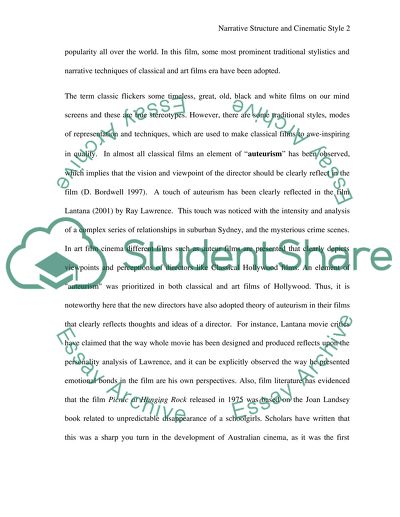Cite this document
(“The History of Film Style. Narrative Structure and Cinematic Style Essay”, n.d.)
Retrieved de https://studentshare.org/visual-arts-film-studies/1401311-the-history-of-film-style-narrative-structure-and-cinematic-style
Retrieved de https://studentshare.org/visual-arts-film-studies/1401311-the-history-of-film-style-narrative-structure-and-cinematic-style
(The History of Film Style. Narrative Structure and Cinematic Style Essay)
https://studentshare.org/visual-arts-film-studies/1401311-the-history-of-film-style-narrative-structure-and-cinematic-style.
https://studentshare.org/visual-arts-film-studies/1401311-the-history-of-film-style-narrative-structure-and-cinematic-style.
“The History of Film Style. Narrative Structure and Cinematic Style Essay”, n.d. https://studentshare.org/visual-arts-film-studies/1401311-the-history-of-film-style-narrative-structure-and-cinematic-style.


